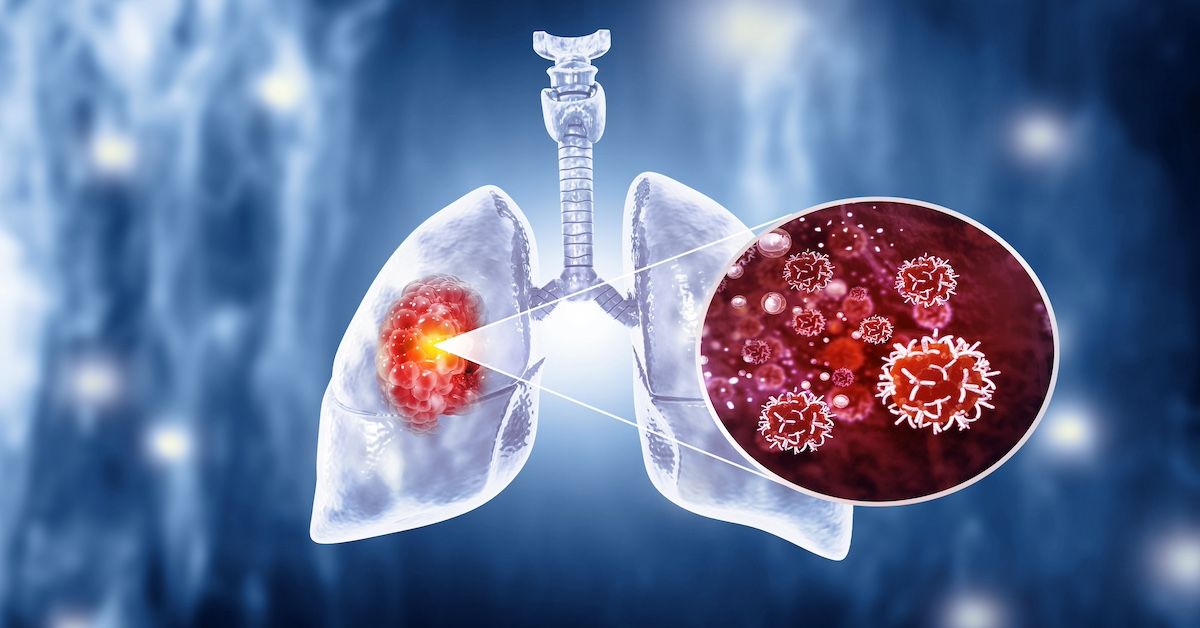Article
Low-Fat Dietary Patterns Potentially Linked to Lower Breast Cancer Mortality Rate
Author(s):
The Women’s Health Initiative Dietary Modification Trial examined the long-term influence of low-fat eating patterns on the breast cancer mortality rate.
The Women’s Health Initiative Dietary Modification (WHI DM) Trial examined the long-term influence of low-fat eating patterns on the breast cancer mortality rate.
The trial incorporated 48,835 postmenopausal women without breast cancer from 1993 to 1998, who were assigned to 40 US clinical centers for either a dietary intervention or to a usual diet comparison group. The dietary intervention group attempted to reduce fat intake to 20% of energy and to increase the consumption of fruits, vegetables, and grains. Weight loss and calorie restrictions were not goals of the intervention.
“WHI DM is a primary prevention trial; however, in adjuvant breast cancer trials, death as a result of all causes measured from diagnosis (breast cancer overall survival) is considered an important clinical end point,” the authors wrote.
The dietary intervention group participated in 18 group sessions with certified nutritionists in the first year, along with quarterly maintenance meetings throughout the entire period, while the comparison group received written diet education materials. Throughout the study, participants also provided food frequency questionnaires in a rotating system.
The study resulted in no statistically significant difference in breast cancer mortality rates between the groups, despite the lower number of deaths that occurred in the dietary intervention group. During the same period, the number of deaths after breast cancer significantly decreased with a hazard ratio (HR) of 0.65.
“In addition, accurate determination of cause of death after breast cancer can be difficult given the potential interaction between common comorbidities and cancer therapies, such as cardiac disease after anthracycline, trastuzumab, or radiation therapy,” the researchers wrote. “Thus, the actual breast cancer mortality rate likely lies between the attributed rate, on the basis of medical record review, and the rate that considered all deaths after breast cancer.”
Furthermore, during the 16.1-year follow-up period, the breast cancer mortality rate was also significantly reduced with the dietary group (HR, 0.82), but no reduction in breast cancer incidence was found. Overall, there were 9% fewer deaths resulting from breast cancer and 18% fewer deaths occurring after breast cancer in the dietary group.
The researchers suggest further research on other lifestyle factors that can contribute to the incidence and outcomes of breast cancer with a low-fat dietary pattern as a starting point.
Newsletter
Stay ahead of policy, cost, and value—subscribe to AJMC for expert insights at the intersection of clinical care and health economics.





